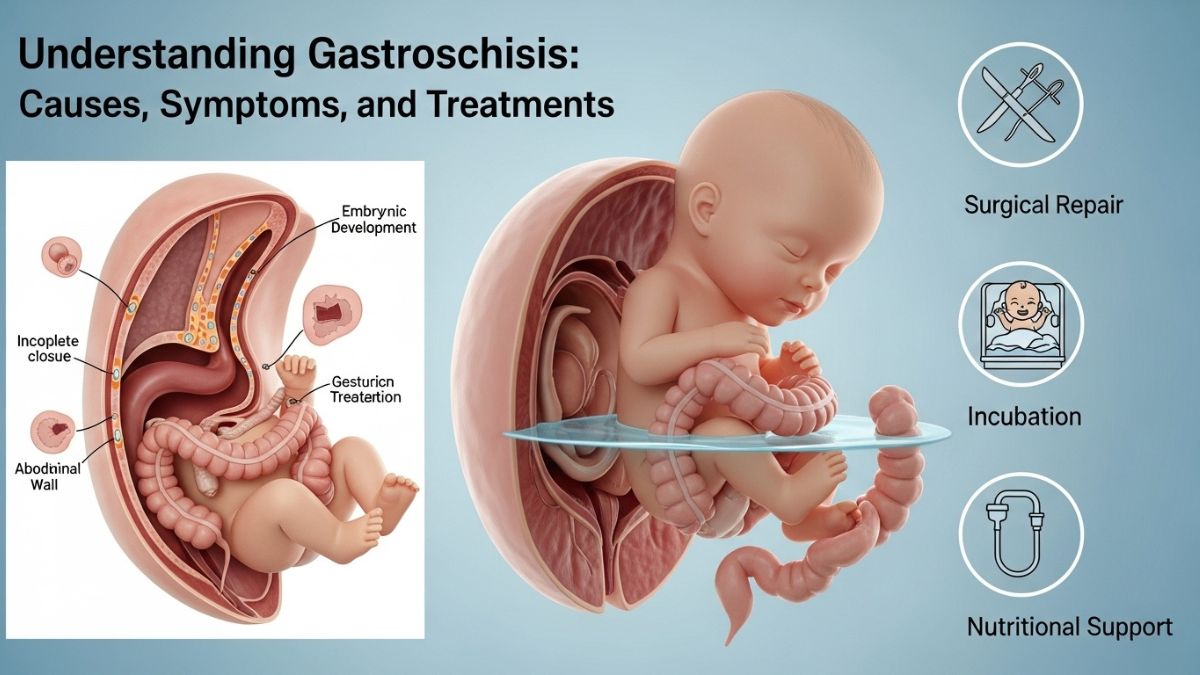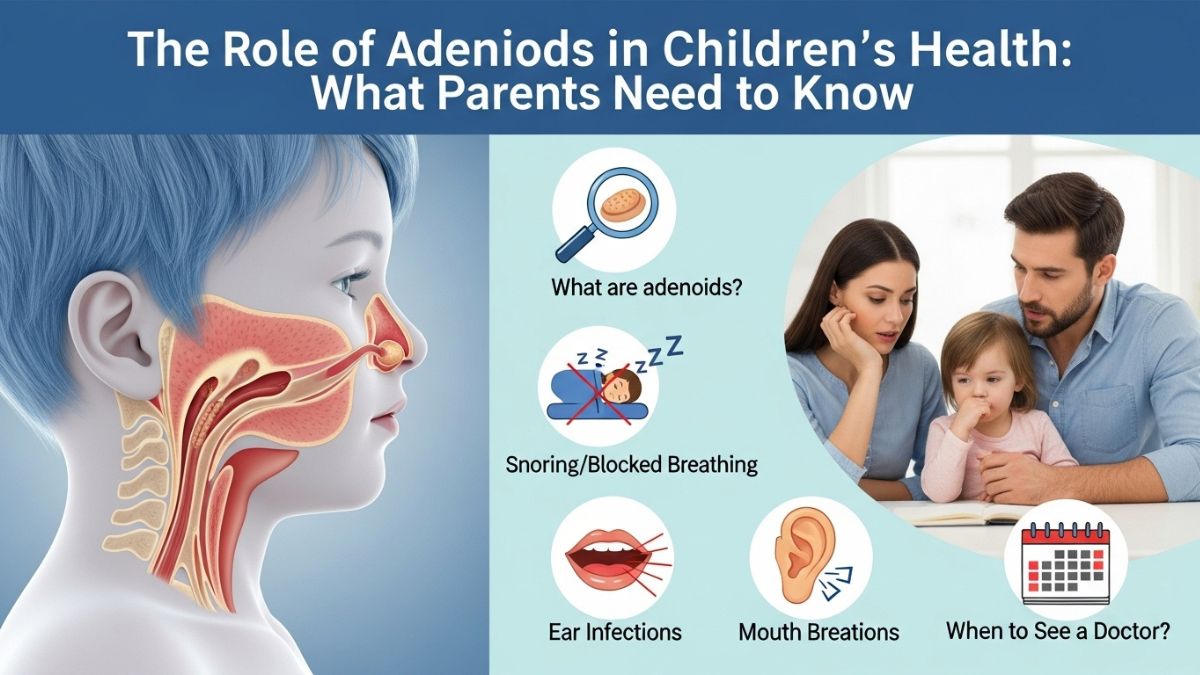Gastroshiza may not be a term you encounter every day, but for many families, it represents a significant medical condition that requires understanding and support. This congenital defect occurs when an infant is born with their intestines protruding from the abdominal wall. It can sound alarming, but knowledge is power—both for parents and healthcare providers alike.
The journey of navigating gastroshiza involves recognizing its causes, identifying symptoms early on, and exploring various treatment options. Whether you’re seeking information for yourself or supporting someone else through this experience, learning about gastroshiza can make all the difference in managing care effectively. Let’s dive deeper into this important topic to uncover what you need to know about gastroshiza.
Causes of Gastroshiza
Gastroshiza is a complex condition that arises from several potential factors. One of the leading theories suggests that genetic influences play a crucial role in its development. Certain genes may predispose a fetus to this defect, but the exact inherited patterns remain unclear.
Environmental factors are also believed to contribute. Maternal exposure to specific substances during pregnancy, such as certain medications or toxins, might increase risk levels. Nutritional deficiencies in essential vitamins and minerals could further complicate matters.
Additionally, it has been observed that young maternal age can be linked to higher incidences of gastroshiza. This connection emphasizes the importance of prenatal care and monitoring for expectant mothers.
Research continues into these possible causes as understanding them better can lead to improved prevention strategies and outcomes for affected families.
Symptoms and Diagnosis
Gastroshiza often presents clear signs that can aid in diagnosis. Parents may notice a bulge on the baby’s abdomen at birth, which is a primary indicator of this condition. The intestines protrude outside the body, typically located to the right of the umbilical cord.
Additional symptoms can vary but might include other gastrointestinal issues. These could manifest as difficulty feeding or digesting food properly.
Diagnosis usually occurs through prenatal ultrasounds, where healthcare providers look for abdominal wall defects during routine screenings. If gastroshiza is suspected after birth, doctors will perform physical examinations and imaging tests like X-rays to assess any complications.
Timely diagnosis plays a crucial role in planning appropriate treatment strategies and ensuring better outcomes for affected infants.
Treatment Options for Gastroshiza
Treatment for gastroshiza primarily involves surgical intervention. This procedure typically takes place shortly after birth. The aim is to return the exposed organs into the abdominal cavity and close the opening in the abdominal wall.
Surgeons may use a technique called silo placement, where a pouch is created around the herniated organs. Over time, this helps gradually push them back inside.
In some cases, additional surgeries may be necessary as your child grows. These could address any complications or related conditions that arise.
Post-surgery care focuses on monitoring for infections and ensuring proper healing. Nutrition plays an essential role during recovery as well; specialized feeding methods might be required initially.
Parents should also consider psychological support for both themselves and their child, as navigating this journey can be emotionally taxing.
Surgery and Recovery
Surgery is often the primary treatment for gastroshiza. This procedure typically occurs shortly after birth. Surgeons carefully reposition the exposed organs back into the abdomen.
The operation may involve closing the abdominal wall or using a silo technique, where a protective covering helps gradually return the organs inside over several days. Each case requires a tailored approach based on individual needs.
Recovery time varies widely among infants. Some may need additional support in a neonatal intensive care unit (NICU). Monitoring for complications is crucial during this period.
Parents should prepare for possible follow-up visits and further evaluations as their child grows. It’s essential to stay informed about potential long-term effects, including feeding difficulties or risk of infections.
Emotional support plays an important role in recovery too. Connecting with other families who have experienced similar challenges can be comforting and reassuring during this journey.
Coping with a Child who has Gastroshiza
Coping with a child who has gastroshiza can be incredibly challenging. It’s essential to create a supportive environment that nurtures both the child’s physical and emotional needs.
Communication plays a vital role in this journey. Keep an open dialogue with your child, using age-appropriate language to explain their condition. This helps them understand what they are experiencing.
Connect with other parents or support groups facing similar challenges. Sharing stories and advice can alleviate feelings of isolation.
Be sure to prioritize self-care as well. Caring for a child with medical needs can be draining, so take time for yourself when you can.
Establish routines that provide stability amid uncertainty. Predictability helps children feel safe, allowing them to focus on healing rather than stressors outside their control.
Celebrate small victories together. Each step forward is significant and deserves recognition in your unique journey.
Conclusion:
Gastroshiza is a complex condition that requires understanding and support. By recognizing its causes, symptoms, and treatment options, families can better navigate the journey ahead. Early diagnosis plays a crucial role in managing this birth defect effectively.
Treatment often involves surgery shortly after birth to reposition the intestines into the abdomen. Recovery times can vary but with proper care, many children go on to lead healthy lives.
Coping with gastroshiza also means fostering resilience as parents advocate for their child’s needs while seeking emotional support for themselves. Through education and community resources, families can find strength together.










